
Online Course:
FUNDEMENTAL OF SINGLE-PHASE FLUID FLOW
A Everything You Need to Know About Single-Phase Fluid Flow
Fundamentals of Single-Phase Fluid Flow
The ability to estimate or model fluid flow is one of the critical skills of the oil patch. This introductory course is designed primarily with an eye towards preparing engineers to work effectively in initial startup planning. An understanding of flow phenomena is crucial in startup planning where unusual conditions exist and where unusual behavior needs to be understood. This online course will cover: Single-phase flow fundamentals, application examples in oil and gas industry, how to perform calculations, and modeling best practices.
Why Attend
Most of the engineering day-to-day tasks in oil and gas industry are related to fluid flow, understanding of basic concepts is crucial for successful operations and troubleshooting.
Special Requirements & What You’ll Need to Know
Basic mathematics
Learning Level
Basic level courses require little to no knowledge of the topic discussed. Entry level engineers and engineers that know little of the subject or need a refresher may benefit from this type of course.
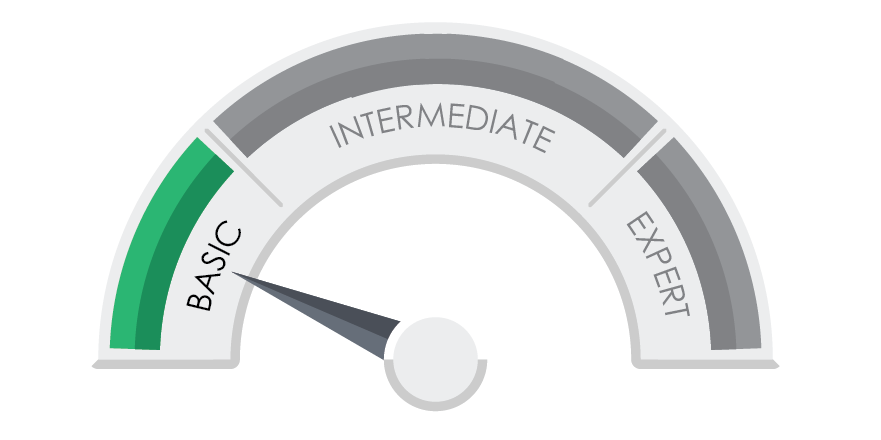
Course Length
1 Hour
Upon Completion of this Course
Participants will be able to understand the basics of single-phase fluid flow in pipes and the key components such as gravity and friction.
Course Overview
Course Previews
Ready to Take the Course?
We’re big on sharing our expertise - so this course is completely free! Enroll today by clicking the button below, creating an account (or logging in) and then get started. All of your enrolled courses will appear in your Account (just click the Account button on the top navigation bar to view your other courses). We hope you enjoy the course!
Other Fluid Flow Resources
Through recognizing our clients’ needs, our engineering expertise, and our proprietary in-house GATE Prho™ software engine, we provide customizable, cost-effective, easy-to use software tools to deliver better client outcomes quicker.
This course will cover: Single-phase flow fundamentals, application examples in oil and gas industry, how to perform calculations, and modeling best practices.
This course contains application examples of single-phase fluid flow in oil and gas industry and step-by-step modeling.
This online course gives an overview of multiphase flow, how multiphase flow is different from two phase flow, the importance of understanding multiphase flow and the factors that influence multiphase flow.
This article will outline the challenges during integrity management, and the best practices that ultimately deliver a coordinated, effective, and cost-optimized IM plan.
This GATEKEEPER article focuses on the prediction, prevention and remediation of liquid loading, including discussion of liquid loading analysis.
The objective of this GATEKEEPER is to provide a high-level overview of the model commonly used in the industry to estimate the wax deposition.
The design and development of a viable, robust wax management strategy relies upon the economical evaluation of available management techniques.
Wax management strategies developed during Front End Engineering Design (FEED) can mitigate or perhaps even prevent these costs. The goal of this GATEKEEPER series is to provide high-level insight into the planning, execution, and maintenance of wax management strategies.
One of the primary flow assurance challenges in the production of hydrocarbons is the prevention of pipeline blockages.
As new industry challenges arise, a new approach to multiphase analysis called Computational Multiphase Fluid Dynamics (CMFD) has appeared as a possible solution.
This GATEKEEPER will discuss the basic factors influencing corrosion modeling, while a later installment will elaborate on the different corrosion models available and their respective advantages and limitations.
Proper sizing of the flowlines and risers coupled with optimal choking and gas-lift will greatly reduce the risk of slugging and help in efficient management of slugs throughout the life of the field.
Paraffin precipitation and deposition in flowlines and pipelines is an issue impacting the development of deepwater subsea hydrocarbon reservoirs.
In this paper, the most commonly used In-Line Inspection (ILI) techniques, methodology and limitations applicable to detecting metal loss and wall thickness measurements are presented.
This paper is the first part of a two part series and presents an overview of pig selection criteria for cleaning and maintenance of the pipelines, and covers high level guidance on establishing a progressive pigging strategy.
In subsea oil production systems, hydrate mitigation methods during steady state operation are almost always based around heat conservation.
CO2 corrosion modeling is a common practice to evaluate carbon steel flowlines and piping, both with and without inhibition, to ensure they achieve their intended design life. Modeling is also used to help determine if a corrosion resistant alloy should be used and can also be utilized to determine corrosion allowance and inhibition requirements.

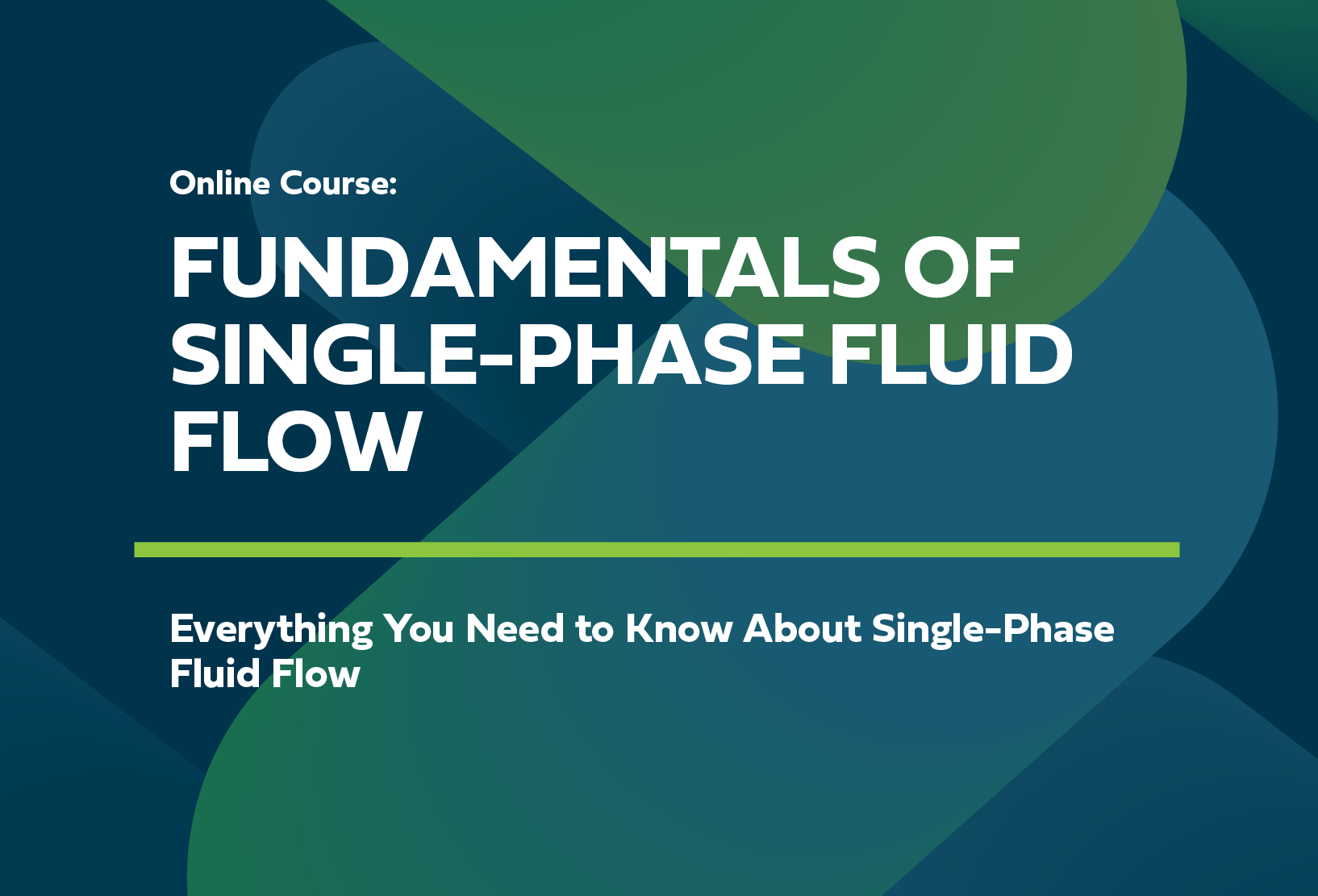
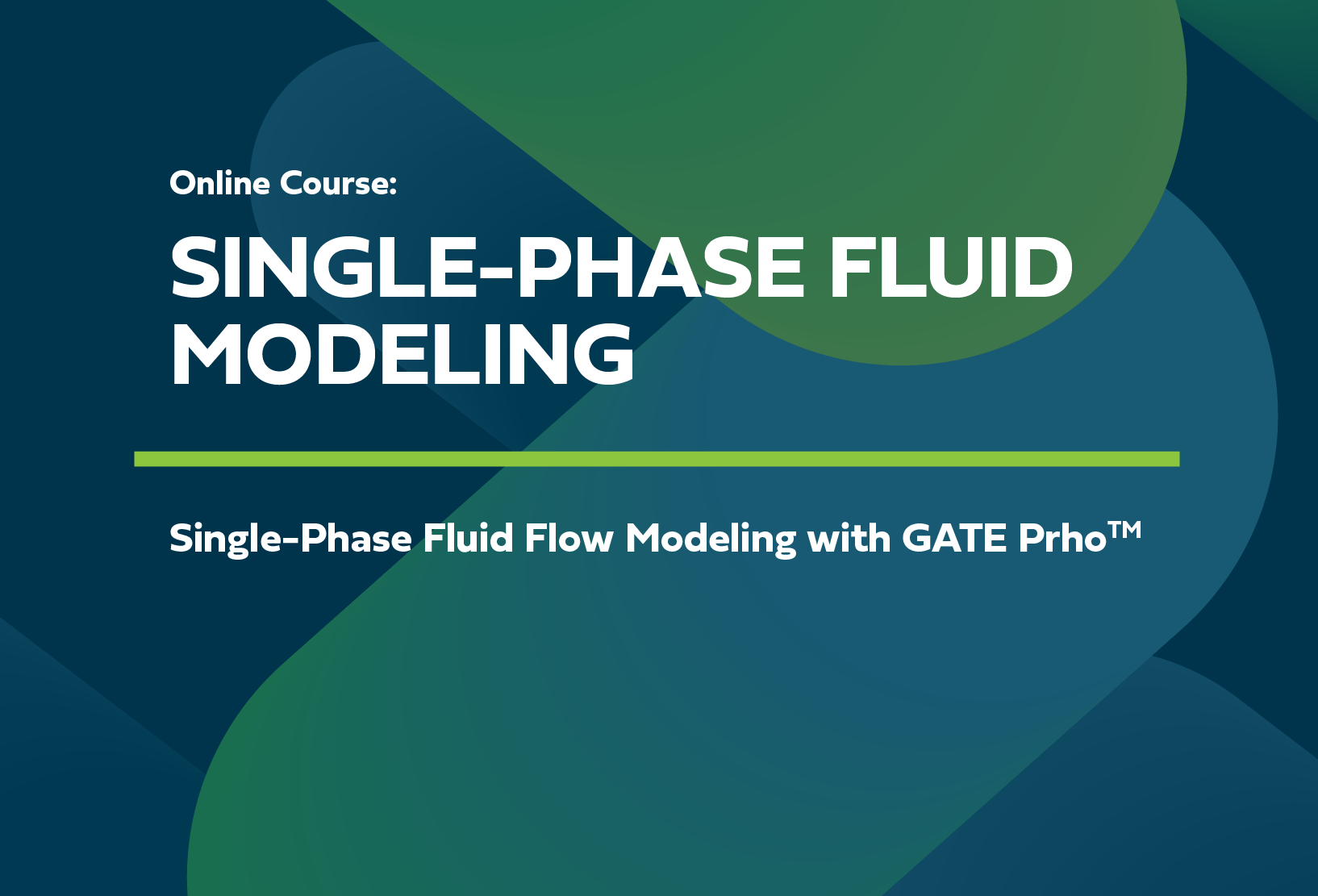
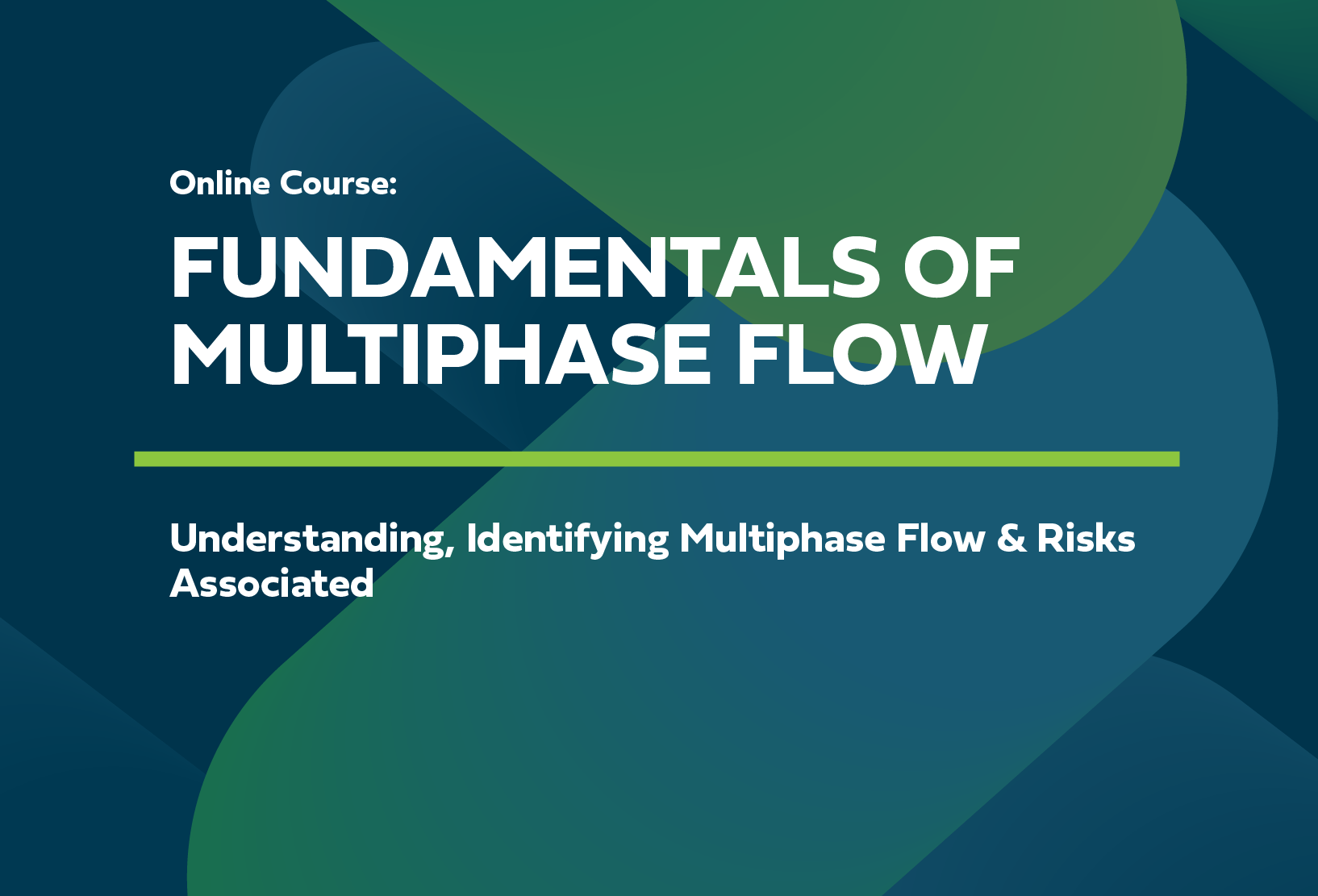








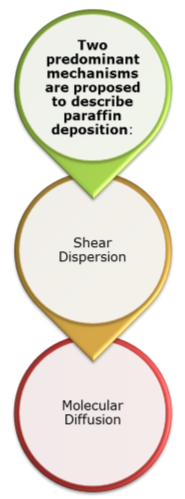




This series of two articles discusses the diagnosis, detection and remediation of oil and gas production system blockages in detail. The current issue focuses on blockage characterization and detection.